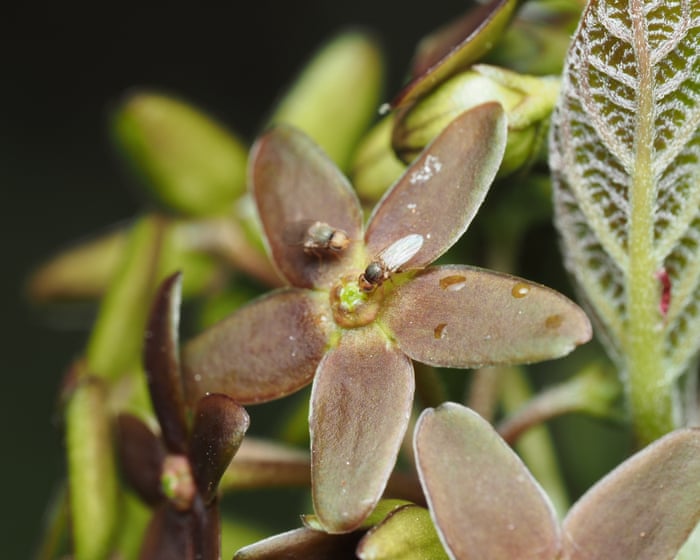Rare satellite footage shows the moon eclipsing the sun on a strangely crooked path
PositiveScience

In a remarkable display of nature and technology, NOAA's GOES-19 satellite has potentially captured the first-ever natural solar eclipse from space. This rare footage reveals the moon taking an unusual path across the sun, a phenomenon attributed to a spacecraft maneuver. This event is significant not only for its visual spectacle but also for the advancements in satellite technology that allow us to witness such extraordinary occurrences from a unique perspective.
— Curated by the World Pulse Now AI Editorial System















